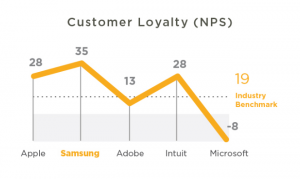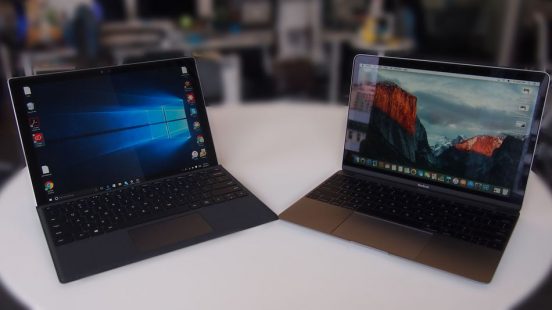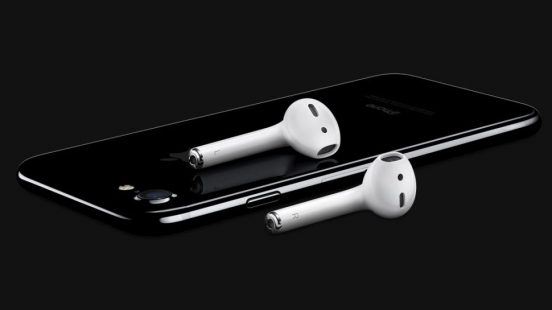At home, I use my Mac Desktop. On the road, I use my HP Laptop. That’s right, I am a supporter for both Apple and Windows.
Recently, I read Blaine Kyllo’s blog in The Georgia Straight where he wrote that in a span of two days in October, competitors Apple and Microsoft released two of their newest products, the new MacBook Pro by Apple, which has undergone its first major changes in four years, and the Surface Studio by Microsoft, which is the premium notebook in the extensive Microsoft Surface Series.
I found Blaine’s blog to be particularly insightful as it connected two separate major business news stories to showcase the differences in the notebooks and the competition between the customer base of Apple and Microsoft.
From Apple and Microsoft releasing new products at essentially the same time in a competition for sales, I personally drew connections that this timing has to do with giving customers more options of products to choose from, to hopefully break the “blind loyalty” as modeled in the consumer decision journey.
Since the inception of Apple, consumers have entered into this spiraling journey where their continual purchases for Apple products, whether they are newer iPhones or MacBooks, have been formed purely on blind loyalty, by being satisfied enough to not wanting to endure the research process again. In fact, a survey polled released on Forbes showed that 59% of 2,275 iPhone users “admitted to blind loyalty,” meaning that they continue to purchase lines of Apple products solely because they were previously satisfied with their older Apple product.
This may be interpreted as the reason that Apple for the past four years has ceased making notable changes to the MacBook Pro, knowing that their customers, being fully engaged in the repeating consumer decision journey, would buy the newer models regardless of any new changes.
On the flip side, Microsoft has been trailing Apple and the other competitors in the industry in terms of customer loyalty as shown in the following graph.

With Microsoft lacking the customer loyalty enjoyed by Apple, the company is put into a position in which one of its only ways to appeal to customers is to implement new changes in each model of the Surface Series, as opposed to the MacBook Pro, which has not undergone a major change in four years until now.
By the companies timing their product releases so closely together, one can interpret this their as efforts to draw customers towards their own companies and preventing them from repurchasing products from the competition in the blind loyalty cycle.
Word Count: 434
Sources:
http://www.straight.com/blogra/817607/apple-unveils-new-macbook-pro-microsoft-shows-surface-studio
http://betanews.com/2015/04/07/microsoft-vs-apple-which-has-the-most-loyal-and-satisfied-customers/
http://mashable.com/2016/04/23/surface-pro-4-vs-macbook/#CIRzOUHK2sqK

